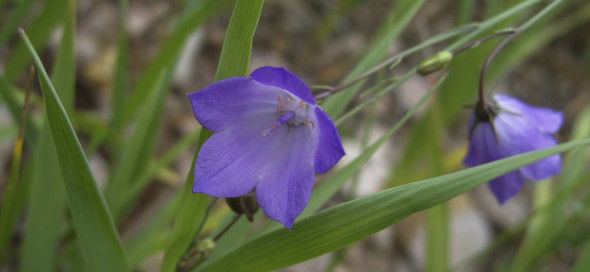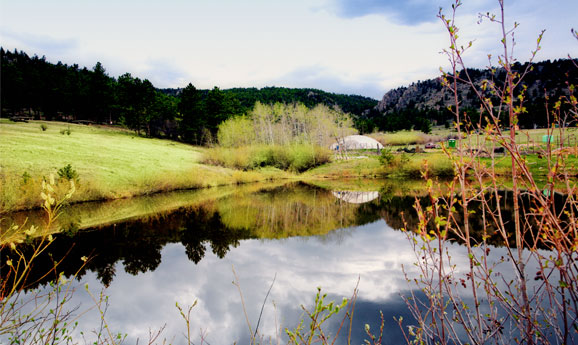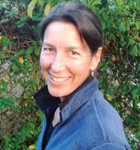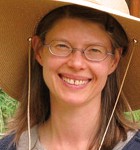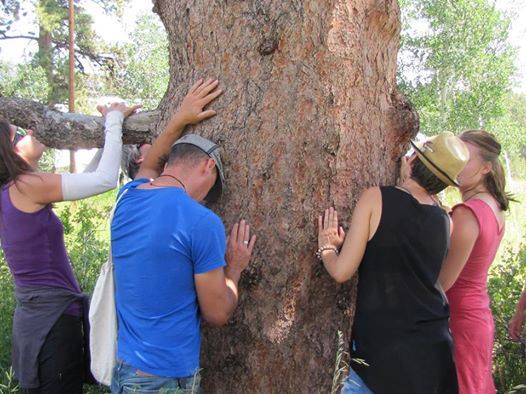The Cameron Peak Wildfire came through Shambhala Mountain Center in October 2020. The fire impacted our land and some of our outlying buildings, as well as a few locations in our central campus including our existing tent platform campgrounds. As we reopen in summer 2021, we are excited to welcome everyone back to the land as regrowth is happening on multiple levels.
Much of the land is still in recovery and remains fragile. For the health of the land and your own safety, please follow these protocols:
- Please stay only on roads and paths. Forestry experts warn that walking over burned areas can severely impact the regrowth process. In addition, burned root systems lead to unstable ground that can collapse when walked over and partially burned trees can fall, posing safety hazards.
- Please do not walk through burned structure remains. These structures likely
contained asbestos, which is toxic. - The inside of the Great Stupa is closed to visitors for fire remediation. Please enjoy the space outside the Stupa for circumambulation, picnics and practice, but please do not enter the building. We do not know when access to the interior of the Stupa will be possible as we still have restoration and conservation work to carry out.
Here are some answers to Frequently Asked Questions to help you know what to expect as you plan your visit to SMC this summer 2021.
Were many buildings lost in the fire?
Most of Shambhala Mountain Center’s main buildings remain intact including our lodges, Sacred Studies Hall, Indoor Dining Hall, Shotoku building, and Red Feather Campus buildings. Fourteen of our outlying buildings were lost in the fire including buildings for staff housing, a small meditation hall, two retreat cabins and most of our tent platforms. We are working to rebuild what was lost, but this will take several years as we work with rebuilding planning and increased lumber and concrete costs.
What does the land look like and what is being done to restore it? (see photos below)
Portions of our land have intact forest where the fire did not go through. Other portions were severely burned. You will see a mix of both throughout the land. We have had a remarkably snowy and rainy spring and much green is already returning to the land in our grasses and wildflowers.
Volunteers for Outdoor Colorado came to SMC and generously seeded 18 acres of burned areas. Areas where we had not carried out our forestry work experienced more devastating heat, and will take more time and care to nurture back to health. We are working with our partners on multi-year assessments of the affected areas to ensure we apply the best environmental principles to this work.
What is the significance of fire in the native ecosystem?
Fire is a natural part of our Rocky Mountain ecosystem. Fires help to open up new space in the forest for a secondary succession of new growth. Nutrient rich and open soil following a fire allows for new species of grasses and other plants, and eventually shrubs and trees to come in. Eventually the forest matures with taller trees, and becomes ready for a new round of fire.
Because wildfires have been suppressed for a long time, when wildfires do come through they can be very strong and dangerous. Forest density and drought conditions exacerbate wildfire intensity. We have been seeing this more and more in the Colorado region in recent years alongside global warming. SMC sees our role as stewards to our forest as a very important one at this time to ensure the safety of our neighbors and county.
What work has been done in fire mitigation?
Building on forestry work carried out over previous years, in 2018 SMC initiated a 3-phase project to return all of our forests to pre-fire suppression density. Our approach is rooted in conservation forestry, eco-science and natural resources management. We have created a long-term plan for the land in cooperation with a number of partners. Phase 1 was completed in 2018, Phase 2 will be completed this summer, and we are planning on completing Phase 3 within a few years.
This holistic approach supports healthy trees with greater resilience to drought, insect predation, disease and fire, while also nurturing the biodiversity of flora and fauna that flourishes in the undergrowth in forests that are not overcrowded. The efficacy of this work was demonstrated during the Cameron Peak Fire where SMC lost roughly 78% of our trees in forested areas that had not been treated, and only 7.5% in treated areas.
Our efforts were recognized by Larimer County in 2018 with an award for good stewardship. The importance of this work was made even more clear when we learned that because of our work, the firefighters battling the Cameron Peak Fire were able to anchor the northern end of their defense against the fire on our land. This was also acknowledged at a recent gathering at SMC of the US Secretary of Agriculture accompanied by Colorado Governor Jared Polis, Senator Michael Bennett and Congressman Joe Neguse.
For more information on SMC’s environmental work, please see Partnering with the Land: SMC’s Forestry Conservation Project and the Cameron Peak Fire.
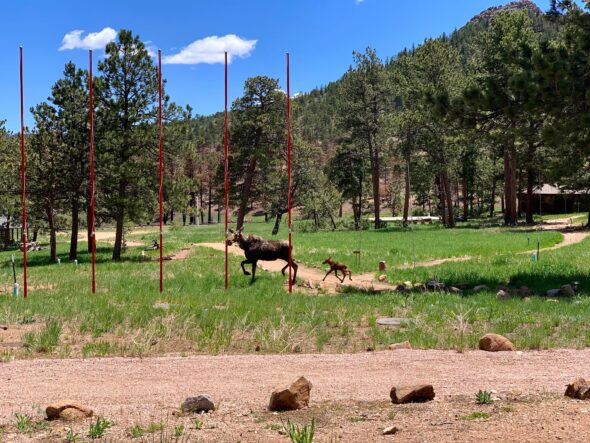
Moose and Calf, Spring 2021, Photo by Miles Greenlee

Greenhouse and Meadow, Spring 2021, Photo by Miles Greenlee

Grass Re-growth, Spring 2021, Photo by Miles Greenlee
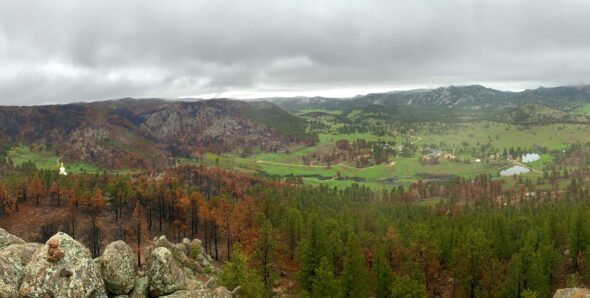
May 2021, Photo by Miles Greenlee
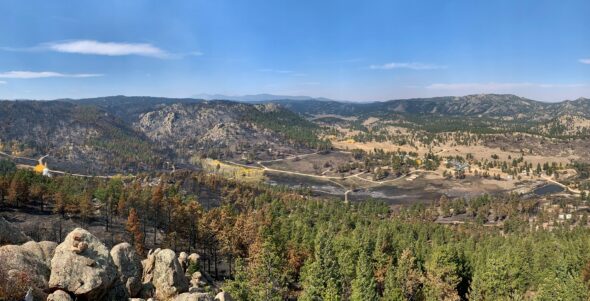
One Week After the Fire, October 2020, Photo by Miles Greenlee
.. May


